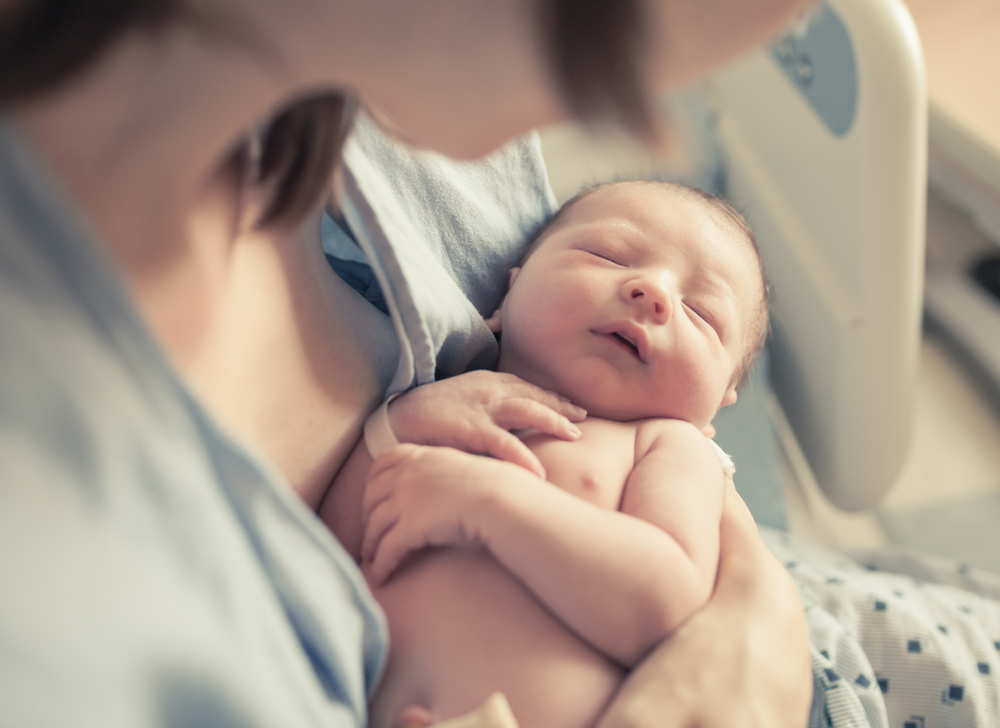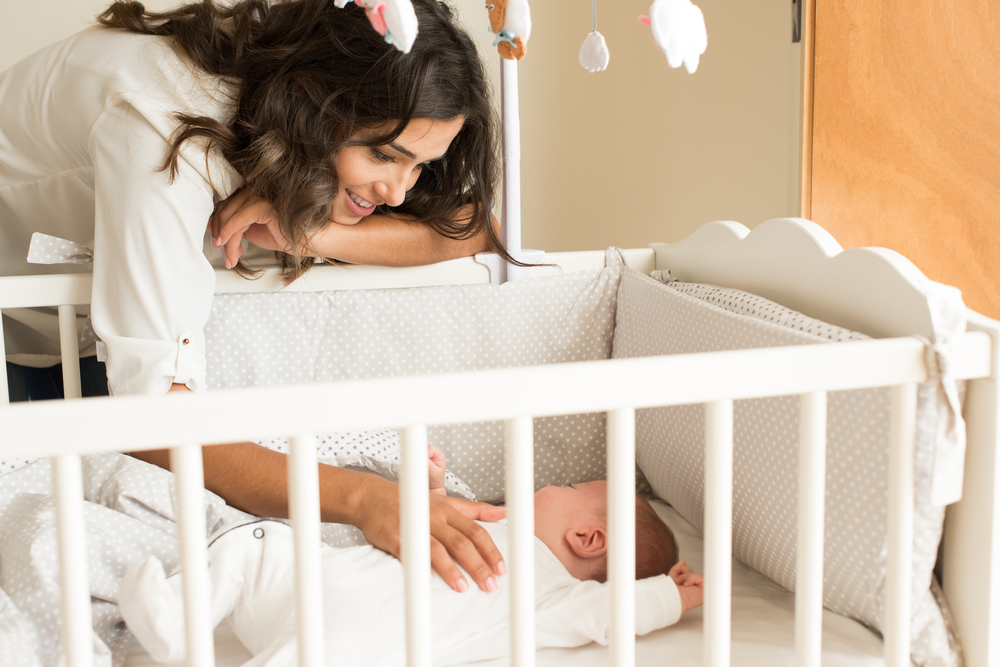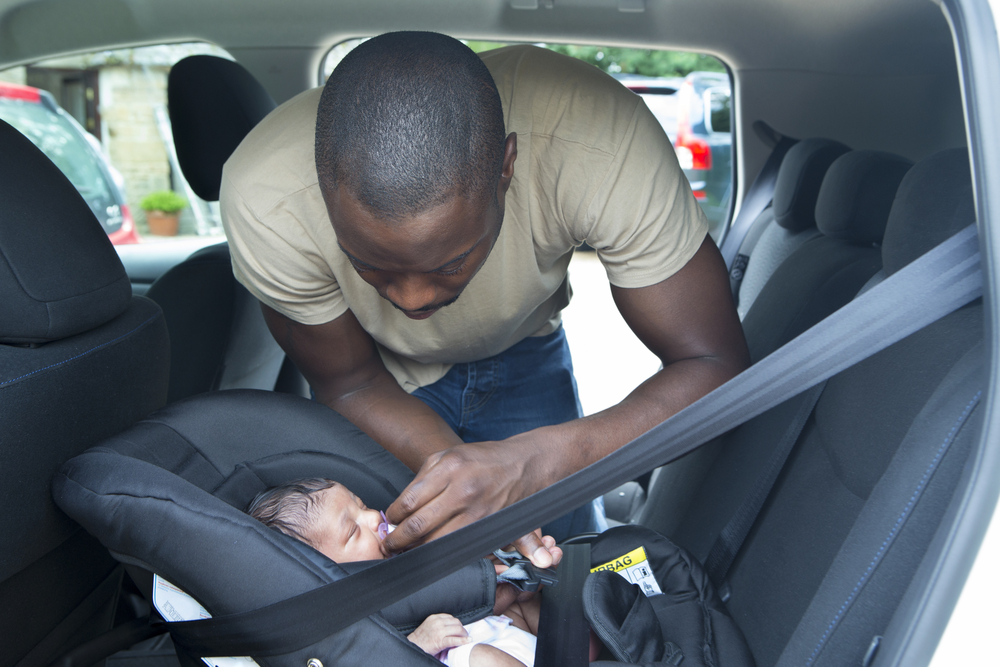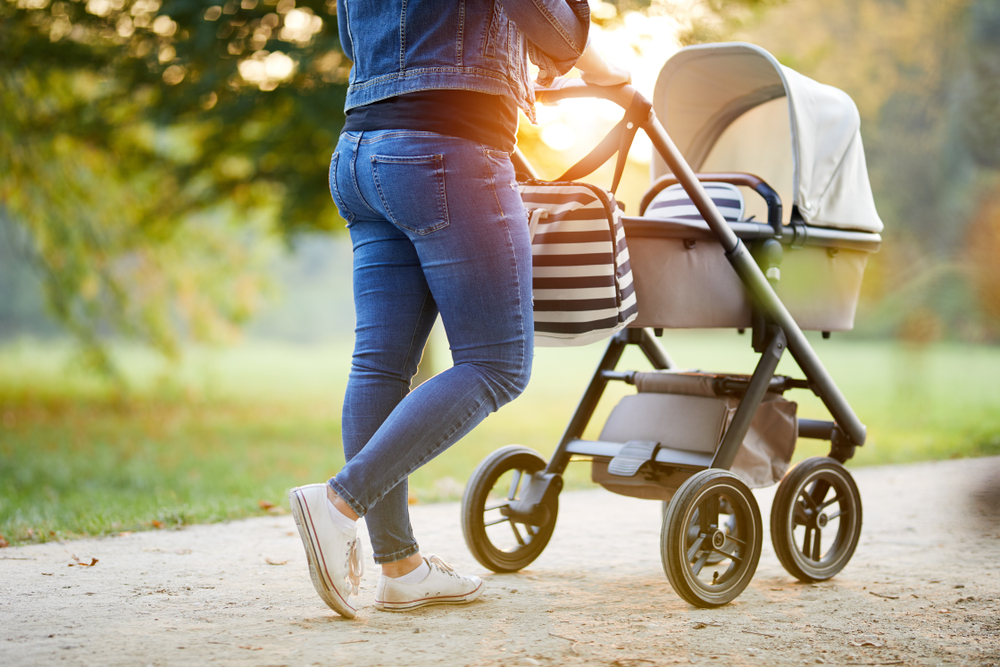
Welcoming a baby into the world is one of the most momentous occasions in your life. Apart from the joyous experiences you’ll share together, it’s equally important to keep your precious newborn’s safety and security in mind. Here’s what you need to know:
Safety at Home
Your home plays a vital role in your baby’s development, as this is where they’ll receive their nutritional needs, learn how to crawl, get their rest, and first discover the world around them. All of these factors highlight the importance of ensuring every metre of your house is safe for your newborn.

A great way to begin preparing your home for your baby is to get a cot that meets British Safety Standards (BSEN716). These mandate vertical bars that are at least 50 cm from the mattress to the top of the cot, with a distance of 6.5 cm between each bar, and with a mattress that’s not thinner than 8 cm. Once they can sit up and hold their own head, it’s also good to have a high chair with safety straps to help prevent any injuries during meals and playtimes. And when they begin moving around on their own, it’s essential that sharp edges are covered with cushioned corner guards and safety gates are placed across hazardous spots like the staircase or the fireplace, so they can crawl around safely.
Safety in the Car
When it comes to bringing your baby for a drive, a car seat will help secure their safety. As we’ve previously shared in ‘What are the Laws and Safety Surrounding Child Car Seats?’ UK laws state that car seats for children under 10 kg should be lateral, rear-facing, and come with a harness.

Moreover, it should be installed at the backseat, so your baby is far away from an airbag. Whether it’s a visit to the doctor’s office or a simple errand run, a proper car seat like this one from Britax Römer can make all the difference for your newborn’s protection when in transit.
Safety When Out and About
A pram or pushchair is an essential item for your newborn’s needs, as it helps ensure your baby’s safety when they leave the comforts of home. It can be quite confusing to pick the right one with the array of options out there, but there are some key considerations you should make. iCandy’s ‘Pram Guide’ recommends getting a unit that lets your baby lie flat, which aids in the development of their lungs and spine. It’s best to also position them facing you, so that you can keep an eye on them at all times.

After the six-month mark, not only can they hold up their own head, but they also get more curious about the life around them. This is why some prams allow you to adjust the seat so they face the world in a comfortable cushion, which also serves to protect their little bodies wherever you go.
Safety on Holiday
Holidays are always a good idea, from taking a break from work to visiting your relatives for Christmas. Of course, travelling with your newborn can be rather scary as a new parent. But there’s no need to fret, as proper preparation can do a world of good for your travels.
For the flight, bring along a travel bassinet or ask your airline if they can provide one. And don’t forget their pacifier, since sucking on one will help your little one cope with the changing air pressure. When you reach the hotel, be sure to pack a travel cot that abides by safety requirements, such as these featured on The Independent’s ‘Best Travel Cots’. This way, your newborn can safely sleep while you rest.

